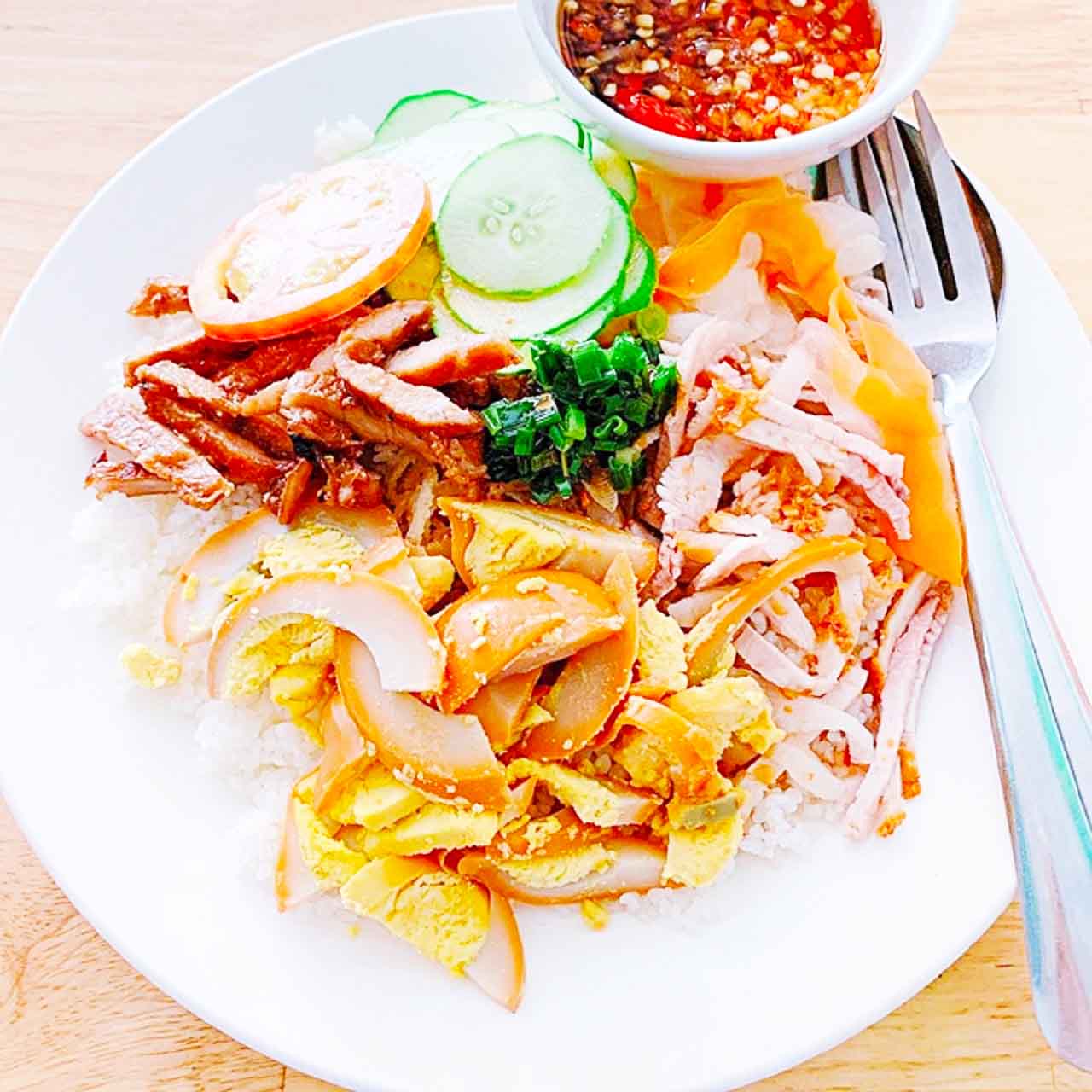- Arriving in An Giang, visitors cannot ignore the famous famous in An Giang. This is a popular dish and is sold in many places. But if you come back and enjoy, you will see the difference.
- The feature is in the marinating of ingredients and the presentation of food. Show users the sophistication and freshness that leaves a tourist attraction. The accompanying dishes are all cut into convenient and easy to use. A plate includes ribs, skin, pickles and braised eggs similar to Chinese braised eggs.

- Address: Cay Diep broken rice (67 Ly Tu Trong, My Long, Long Xuyen City, An Giang)
Source: Collected internet.
Vietnam is the homeland of diverse bloodlines. The community of 54 ethnic groups is divided into hundreds of smaller groups. Each ethnic minority maintains its own culture, with its own rituals, costumes, and language. The best way to learn about them is through practical experiences such as living with indigenous people, or learning how to weave fabric with unique patterns. National culture is always an attractive highlight of Vietnamese tourism.
The cultural identity of ethnic groups is clearly expressed in community life and in economic activities from customs, costumes to culinary styles. Below are the unique features of Vietnamese culture that you can learn about.
Vietnam's history began from 1 to 2 thousand years BC. Over many centuries with the Ly, Tran, Le, and Nguyen dynasties, from the mid-19th century, Vietnam became a French colony. After the August Revolution, the Democratic Republic of Vietnam was born. The Battle of Dien Bien Phu in 1954 marked the end of the French in the territory, but Vietnam was divided into two countries: the Democratic Republic of Vietnam in the North and the Republic of Vietnam in the South. After the events of April 30, 1975, Vietnam was unified and from July 2, 1976, officially named the Socialist Republic of Vietnam.
It's the economy of a developing country. From a poor and populous country, Vietnam has gradually recovered and developed after the devastation of war, the loss of financial aid from the former socialist bloc, and the weakness of its economy. concentrated economy. After 1986, with the Doi Moi Policy, Vietnam's economy made great progress and achieved an average economic growth rate of about 9% annually from 1993 to 1997. GDP growth was 8.5% in 1997, it decreased to 4% in 1998 due to the impact of the 1997 Asian economic crisis, and increased to 4.8% in 1999...